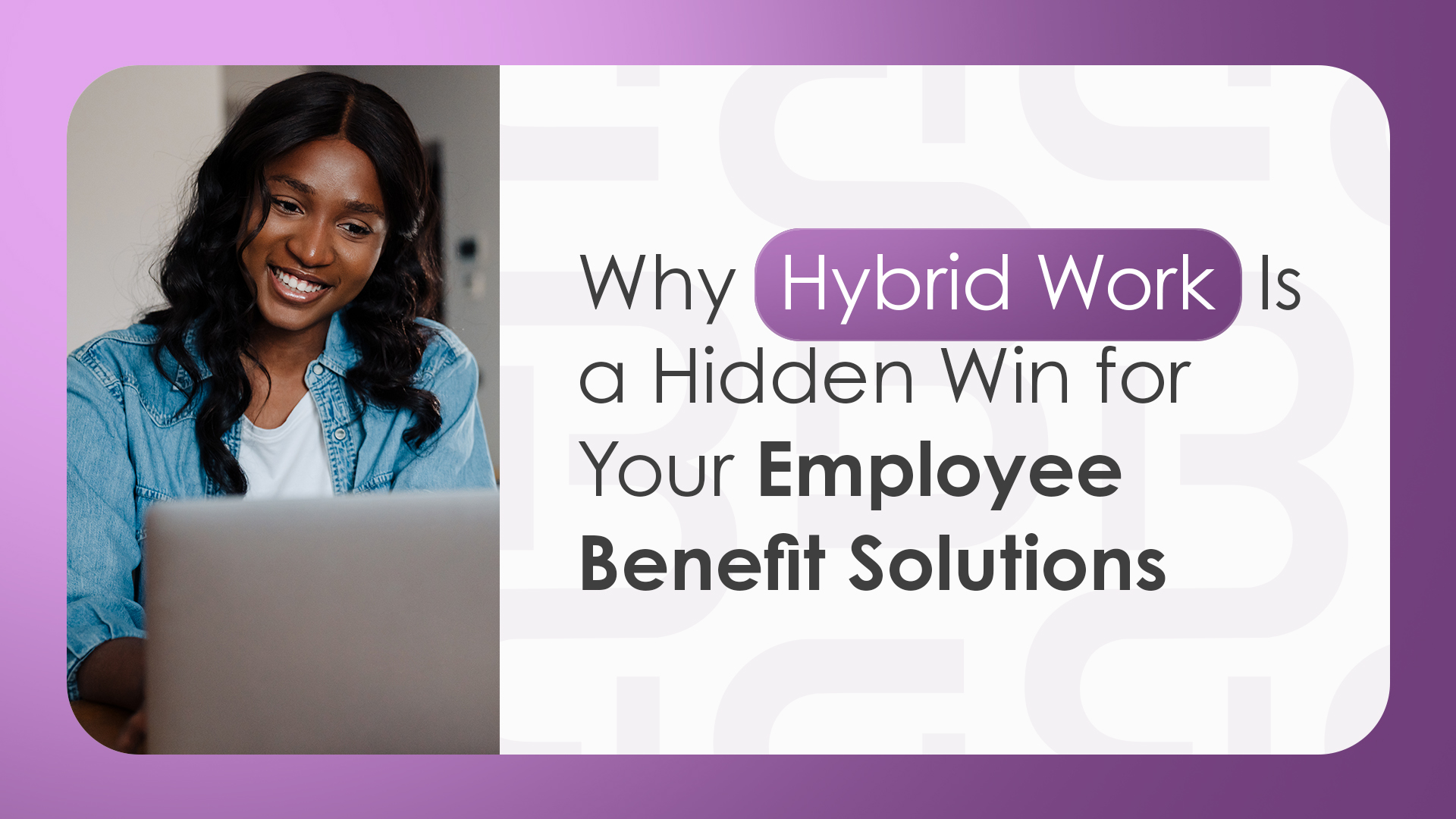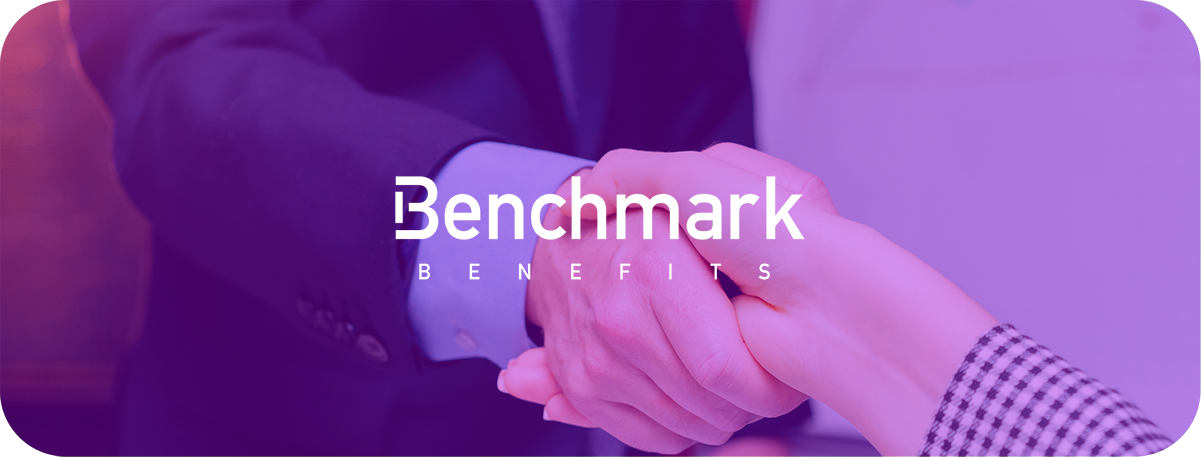Key summary: Hybrid work leads to improved health outcomes and fewer sick days for employees. Employers can respond by offering flexible, data-informed benefit plans that better reflect the realities of modern work.
Introduction
Hybrid work is no longer an experiment. It’s the new normal for many Canadian organizations and it’s reshaping the way employees engage with their health, their workload, and their benefits.
Yet just as employees begin to experience the health and wellness advantages of greater flexibility, many employers are pulling back. In 2025, major banks increased their in-office requirements, with mandates for employees to return to the office at least four days per week starting later this year. The shift reflects growing concerns about productivity and company culture, but it also runs counter to what many employees value most: autonomy, balance, and trust.
Meanwhile, the data paints a different picture. A recent survey by the International Workplace Group found that 44 per cent of Canadian employees in hybrid working arrangements say they’re taking fewer sick days. That’s a meaningful behavioural shift and one that benefits both employees and employers when reflected in the right benefit strategy.
For plan sponsors, HR leaders, and benefits consultants, this is a pivotal moment. The question is no longer whether hybrid work affects employee wellbeing, but whether your employee benefit solutions are keeping up.
Rethinking the Role of Flexibility in Employee Health
For years, employee benefit plans have focused on mitigating the cost of absence. But hybrid work is flipping the equation, it’s helping reduce absenteeism in the first place.
Why? Because flexibility allows employees to manage their time more effectively, reduce exposure to illness, and avoid burnout. A quick rest or remote workday can prevent a minor issue from turning into a week-long absence. Employees feel more in control—and that autonomy is translating into better health outcomes.
When employees are healthier and more present, benefit plans perform better. That’s not just good for morale, it’s good for long-term cost sustainability and workforce retention.
What This Means for Your Employee Benefit Solutions
At Benchmark, we work closely with clients to build benefit strategies that reflect real employee behaviour. That means designing plans that:
- Support flexibility with access to virtual care, wellness platforms, and mental health services
- Shift from reactive to proactive by prioritizing early intervention and holistic wellbeing
- Use data meaningfully to track trends, identify gaps, and evolve with the workforce
The takeaway? It’s time to treat flexibility not just as a lifestyle preference, but as a proven performance lever. Your benefit plan should support it—not work against it.
Designing Benefits for the Way People Actually Work
Modern employee benefit solutions need to reflect the diversity of where and how employees are working. For hybrid teams, that includes:
- Virtual healthcare that’s accessible wherever employees log in
- Paramedical and psychological services that address mental, physical, and emotional wellbeing
- Flexible spending accounts that support personalized choices around wellness
When plans are designed with flexibility in mind, they don’t just improve experience they reduce claims, support productivity, and contribute to retention.
What to Ask When Reviewing Your Benefit Strategy
If hybrid work is now a permanent part of your organization, your benefit plan should reflect that. Here are some key questions Benchmark helps clients explore:
- Are we tracking absenteeism trends by work model (on-site, remote, hybrid)?
Understanding these patterns can reveal opportunities for more targeted support.
- Do our plans enable early intervention?
Virtual care, Employee Assistance Programs (EAPs), and other preventive services reduce downstream health costs.
- Are we designing around employee needs—or outdated assumptions?
Plans that once prioritized physical office perks may now miss the mark for hybrid teams.
- Have we built in room for adaptability?
Benefits that evolve with the business and its people tend to deliver stronger long-term value.
These questions are more than operational—they’re strategic. And answering them with the right partner can turn your benefit plan into a true differentiator.
Final Thought: The Business Case for Smarter Benefits
When employees take fewer sick days, benefit performance improves. But only if the plan supports what’s making that possible: flexibility, autonomy, and the ability to manage health on one’s own terms.
Employers who connect the dots between hybrid work and wellbeing will be best positioned to deliver plans that serve both people and performance.
At Benchmark, we design employee benefit solutions that reflect the way your team works now, not how the workplace looked five years ago. Whether you’re navigating a hybrid model, reassessing your benefits strategy, or looking for data-backed guidance, our benefit consultants are here to help. Interested in learning more about what employee benefits consultants do? Read our detailed blog here!
Looking to future-proof your benefits for the hybrid workforce?
Contact Our Employee Benefits Consultants today!




